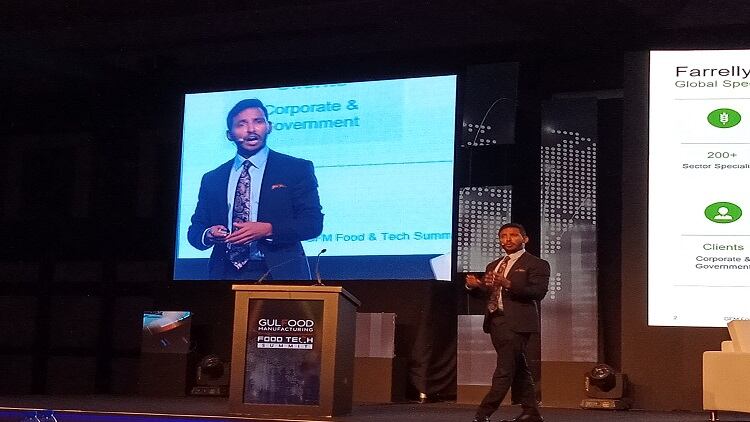Presenting at Gulfood 2019, OZCO Research Manager Hamza Nizal told the floor that what has been termed ‘The New Saudi Arabia’ and the nation’s vision 2030 will lead to a stronger emphasis on the local manufacturing industry, and a concerted drive to attract foreign investment.
“[Not only this], the profile of the Saudi consumer is also evolving,” said Nizal.
“[Companies would do well to note that] Saudi consumers are likely to spend less, shift preferred pack sizes, switch between brands in search of more value for money at similar quality, go in search of promotions and bargains, and change where they shop in search of the best deals too.”
Nizal predicted that all of this as a whole will have significant impacts on the food industry, but at varying levels depending on the type of food involved.
“Categories such as biscuits, chocolates, snacks, etc. are going to be the most impacted, because these have lower differentiation, which means failing to fulfil customer needs will lead to a higher risk of customers making a switch,” he said.
“The least impacted categories will be things like milk, yoghurt, cheese, tea and coffee, which are linked to strong brand usage, so trust will lead to a lower risk of switching away.”
F&B trends in Saudi Arabia
Nizal also predicted five trends that are currently and also increasingly becoming more significant in the nation.
These were: Healthier, Online food delivery, Food packaging and evolution, Rise of e-commerce, and Increase in promotion pressure.
“The market is booming for healthy foods as subscriptions for monthly healthy meals and specialty health shops/boutiques are on the rise. […] Organic foods, gluten-free, vegan and high-protein foods are also increasing in popularity.” he said.
For online food delivery, Nizal stated that revenue in this segment reached some US$878mn in 2018, and is expected to grow at a CAGR of 19.4% to hit US$1.7bn by 2022.
“70% of total orders are made by teenagers,” he added.
In Saudi Arabia, the packaging evolution is slightly different to trends seen elsewhere, with both smaller and larger packages seen as a ‘winning formula’. Mid-sized packs are seen to be the least popular option.
Also somewhat unusual is the rise of single-use food wrapping in the nation, with convenience seen as a key factor here.
E-commerce in Saudi Arabia was valued as a US$115mn industry in 2018, a number expected to quadruple by 2020.
“Saudi Arabia actually ranks higher than Turkey, Brazil, China and India in the United Nations Conference on Trade and Development’s 2017 E-commerce Readiness Index,” added Nizal.
Many food manufacturers in the country are increasing promotion pressure, but focusing on frequency rather than depth, which is apparently not the right way to go.
“The consumers don’t care about promotion frequency, they want depth [and deeper understanding of the product/brand],” he said.
Captalising on these trends
In order for food companies to make the most of these findings, paying attention to the trends is an important step.
“[Companies should] review pack size portfolios and make sure that both bulk packs and average packs are available,” said Nizal.
“Remember to reward your loyal consumers via strategic targeted value promotions, and reinforce the superiority of your ingredients and brand to them. This should be done face-to-face for customers and via digital media for consumers.
“[This is important] to minimize any switching to lower priced [competing] brands.
“Also, going digital is a must – 91% of Saudi Arabia’s population is internet savvy, and 88% use the internet on a daily basis,” said Nizal.





